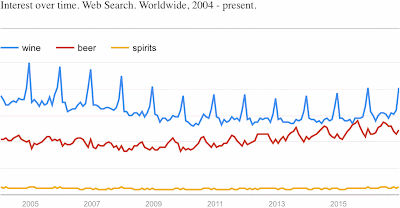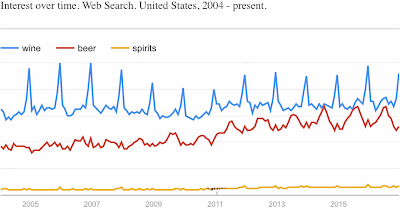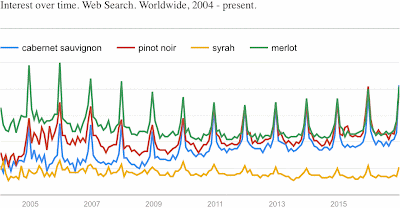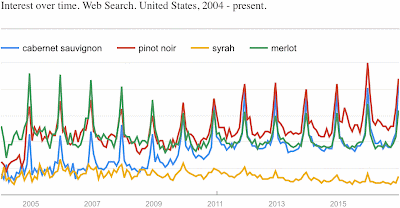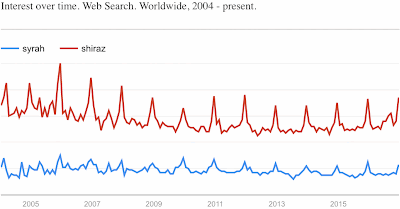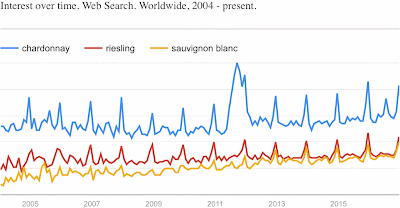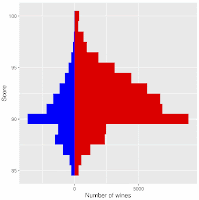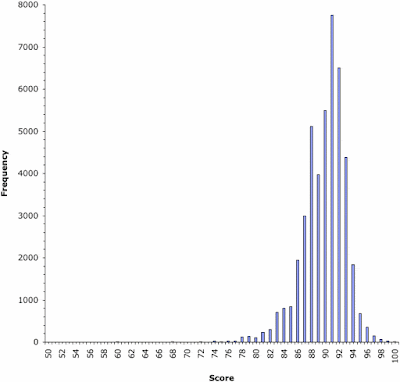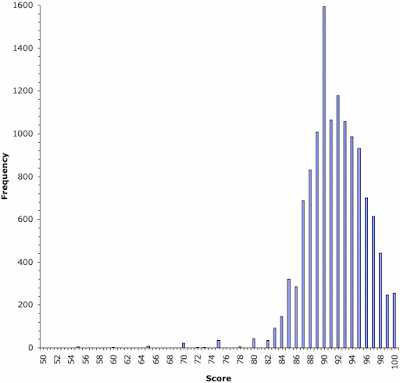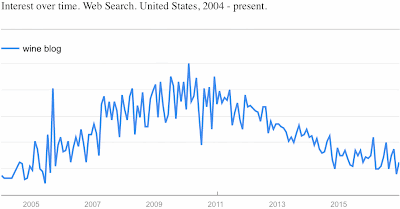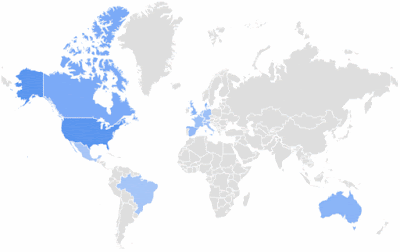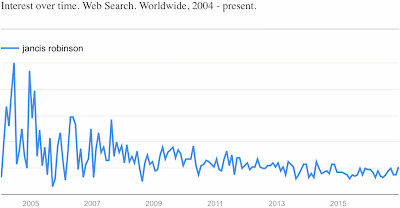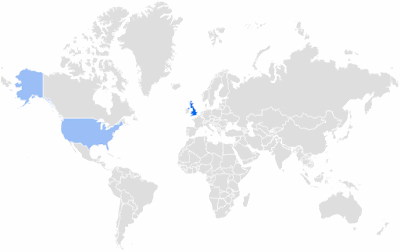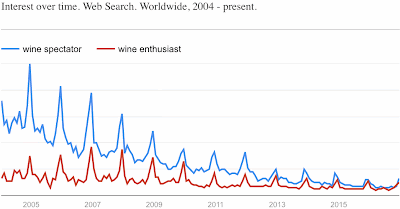To quote Langton's Fine Wines:
En Primeur is the absolute best way of securing parcels of some of the world’s most sought after wines before they are bottled and officially released to market. Moreover, En Primeur pricing is considerably cheaper than the release price.This idea is illustrated in this graph from Wine-Searcher, which shows a rapid increase in price for some of the luxury wines from vintage 2000 in Bordeaux, during the first few years after the wine was released.
Unfortunately, for the past decade this happy situation has not happened for Bordeaux wines. This fact has been pointed out by a number of people, and yet the en primeur sales continue.
For Bordeaux, the new wine is offered in the May following the vintage (which is August-October), and shipped 20-28 months later, having been bottled at 12-18 months. So, the buyers' decision is made 8 months after the harvest, 6 months before bottling, and 18 months before receiving the wine.
This behavior seems to require a good incentive for the buyer, which these days is hard to see. As explained by The Spectator magazine:
Back in the 1970s, it was an accepted wine-trade belief that if you bought wine en primeur you would be able to sell half in two or three years at double your money, meaning you could drink for free ... [However,] the 2005 Bordeaux vintage was the last major one that gave decent returns relatively quickly ... Since 2008 punters have lost money on every single vintage except 2012, where the modest 9 per cent gain has been wiped out by the 10 per cent sales commission ... It is a mystery why anybody would sink their money into a system that has delivered such poor value.The Liv-Ex wine exchange has studied this situation, based on their own trading data for fine wines. This second graph (from 2014) illustrates the point at hand. The solid bars show the sale price at release versus the price 2 years later. As you can see, up to and including the 2005 vintage it was common to make a substantial profit from buying en primeur, but that has been true only once since then. In fact, most people will have made a considerable loss.
This next graph illustrates the effect over time. The solid bars show the accumulated profit (to 2013) of buying the Bordeaux wines en primeur. Even the 2005 vintage has not returned a large profit, while most of the other recent ones have returned a loss. The relative cost of the different vintages is indicated by the blue line, with 1995 set to a value of 100. So, the 2009 and 2010 vintages cost a fortune (relative to the 1995 vintage), and they led to substantial losses. This is not good business.
This has led to a financially ridiculous situation, as noted by the Shanghai Daily:
By the late 2000s the prices that the Chateau were releasing were so high that two factors presented themselves. Firstly, it was often possible to buy already bottled wine from just as good, or even superior, vintages in the market, and these wines were guaranteed, immediately available, and significantly more ready to drink. 2005 is a monumentally superb vintage. The scores were high, and the prices higher. Nevertheless, ... by the time the prices for 2009 and 2010 — two further exquisite vintages — were released, it was possible to buy the 2005 wines in the market for less than the En Primeur release prices of 2009 and 2010.This pattern is repeated for every one of the luxury Bordeaux wines, each of which costs a small fortune to buy. This series of graphs from 2016 show that profits have all but disappeared since the 2008 vintage, and substantial losses are frequent. Someone has to be pretty desperate to buy any of these wines en primeur.
If you want to see the time course of events, this next graph shows the price of the 2010 Château Lafite-Rothschild through time. The time to buy this wine was in 2015, not en primeur.
To put it as mildly as Tim Atkin:
En Primeur has become a system that consumers have lost a bit of love for because they got stung with the 2009s and 2010s ... And if the wine has decreased in value, people are right to ask themselves if they’re being ripped off.Not unexpectedly, the last time I bought Bordeaux wine en primeur was for the 2005 vintage. As Lisa Perrotti-Brown has recently noted: "I like to think that I have the good sense to leave a party while I’m still having a good time."
PS. I do realize that without the yearly Bordeaux en primeur campaign there are many wine writers who would have very little to write about.









